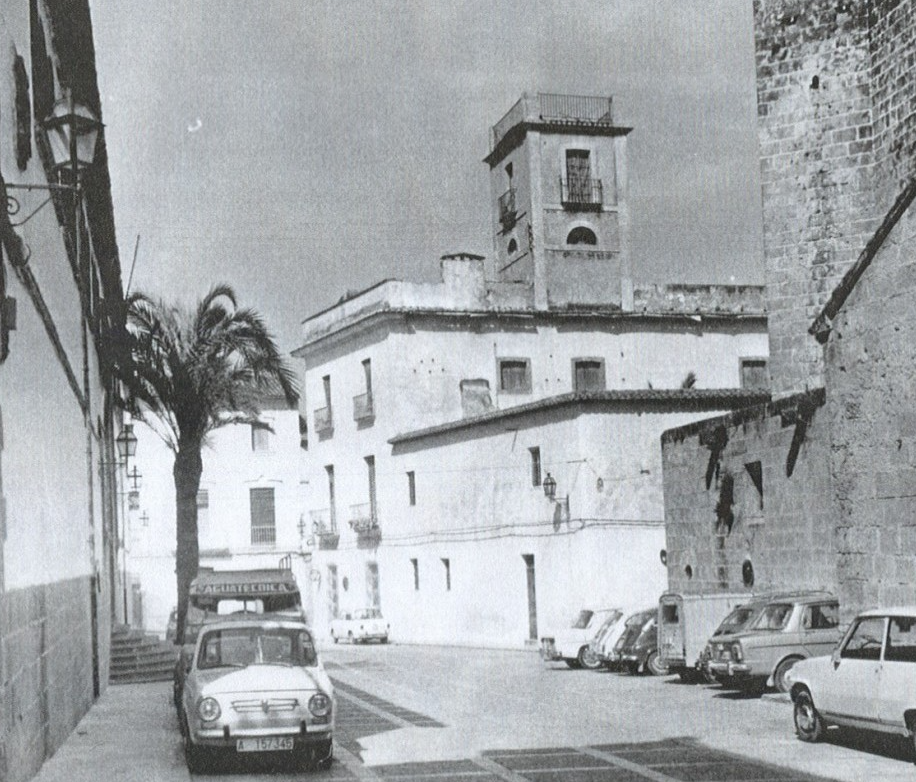CASA CATALÁ-ARNAUDA
The Catalá-Arnauda or Miss Josefina's house, also known as the red house at the beginning of the 90's, is the second most traditional 19th century building in the old town. The Catalá family had such a long ancestry in the town that they obtained specific permission from the Pope to build an oratory inside the house, being the only ones in the municipality to enjoy this privilege.










A SINGULAR OWNER IN THE TOWER HOUSE
The most unique owner was Agustín Catalá Arnauda. According to Antonio Pons Guardiola, he was the biggest taxpayer in the village, and founder of the town's bullring, landowner and businessman. It was said of him that he was so apprehensive that he would leave his house holding the doorknob with an immaculate white handkerchief so as not to contract illnesses from the number of people who used to visit the house. The building had multiple functions for social and family gatherings and also commercial which can be seen on the first floor of the building.
The house, built in 1850, has what is known in Jávea as a miramar, an upper tower with access from inside the building that the bourgeois merchants of the sultanas in Jávea built in their mansions to see their ships leaving and arriving in port. These towers were also built on the houses in the Avenida de Alicante, but in the 1950s they were demolished, leaving only the Bolufer and Catalá towers in the Square. The jocular motto among the "señoritos" about their houses with towers was: “Above the village, below God,” referring to the height of the bell tower of San Bartolomé. This building currently belongs Familia Catalá-Bover
THE RED HOUSE
Due to its strategic location, the premises would be seen from many points and accesses to the old town. The colour of the façade, now known as the red house because older people remember seeing it in that colour in the 1930s, can be seen in more detail. In the 1990s it was painted a strident burgundy, making the Catalá-Arnauda building stand out more than the rest of the monuments on the site. In the past, stately homes were coloured because they could afford to explore decorative arts for their façades, beyond the lime used by the humble people. It was another way of distinguishing themselves socially, such as the use of live stone in the doorways and the scrolls at the base to ensure that the carriage wheels did not damage the doors.
A NICE PLACE FOR A PERFECT EVENING…
Its architectural physiognomy was heavily altered in the 1990s, and the building can only be accessed from Carrer Roques and from there to the first floor through a small vestibule, which makes it purely a restaurant with rooms. Its main attraction is the terrace overlooking the former garden of the house - now a municipal property - the eastern part of the church-fortress and the southern façade of the Municipal Market. On the main floor there is a haute cuisine restaurant and on the terrace there is a cocktail bar, so that guests can spend the whole evening, having dinner and drinks, on the same premises.




